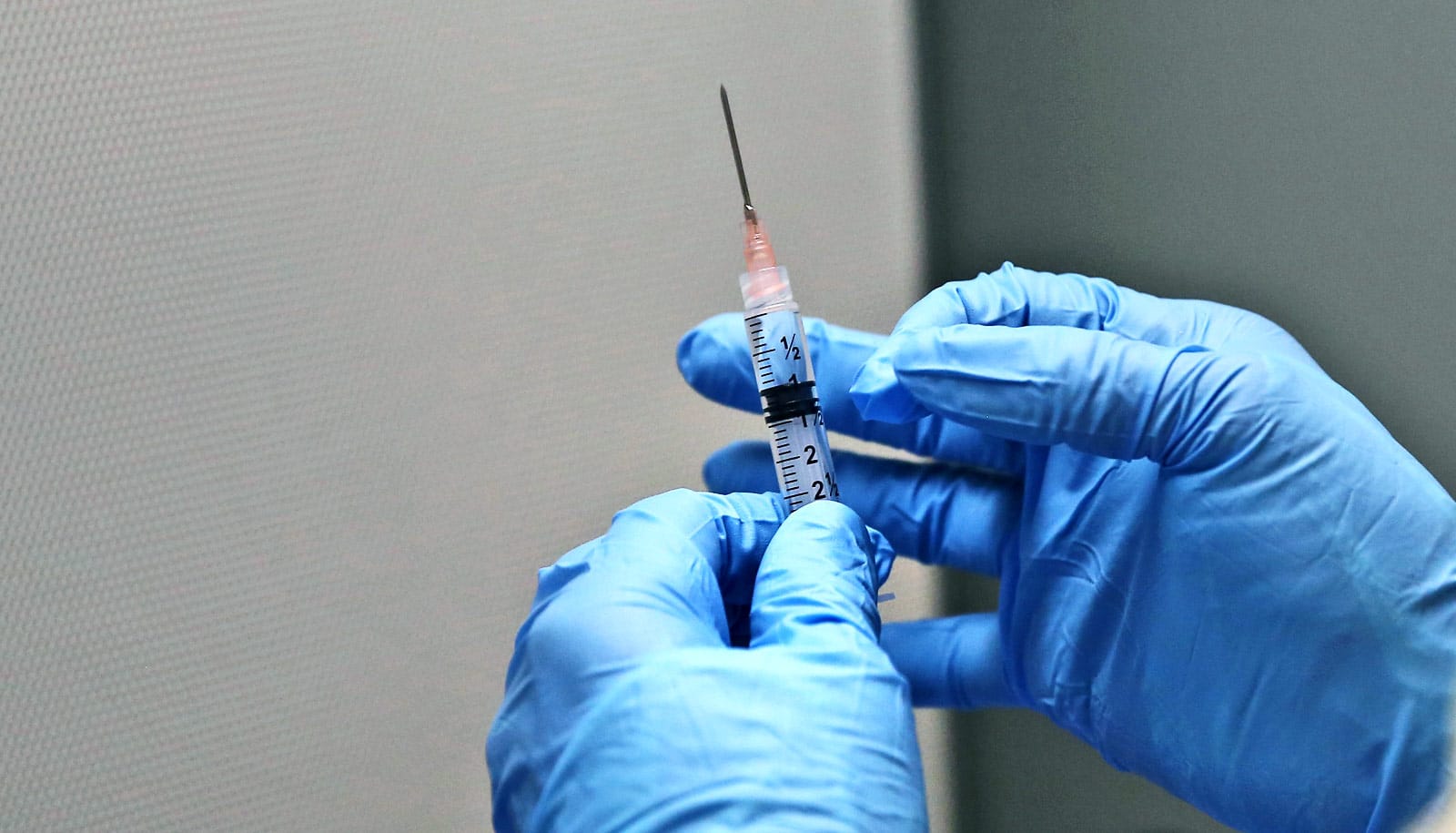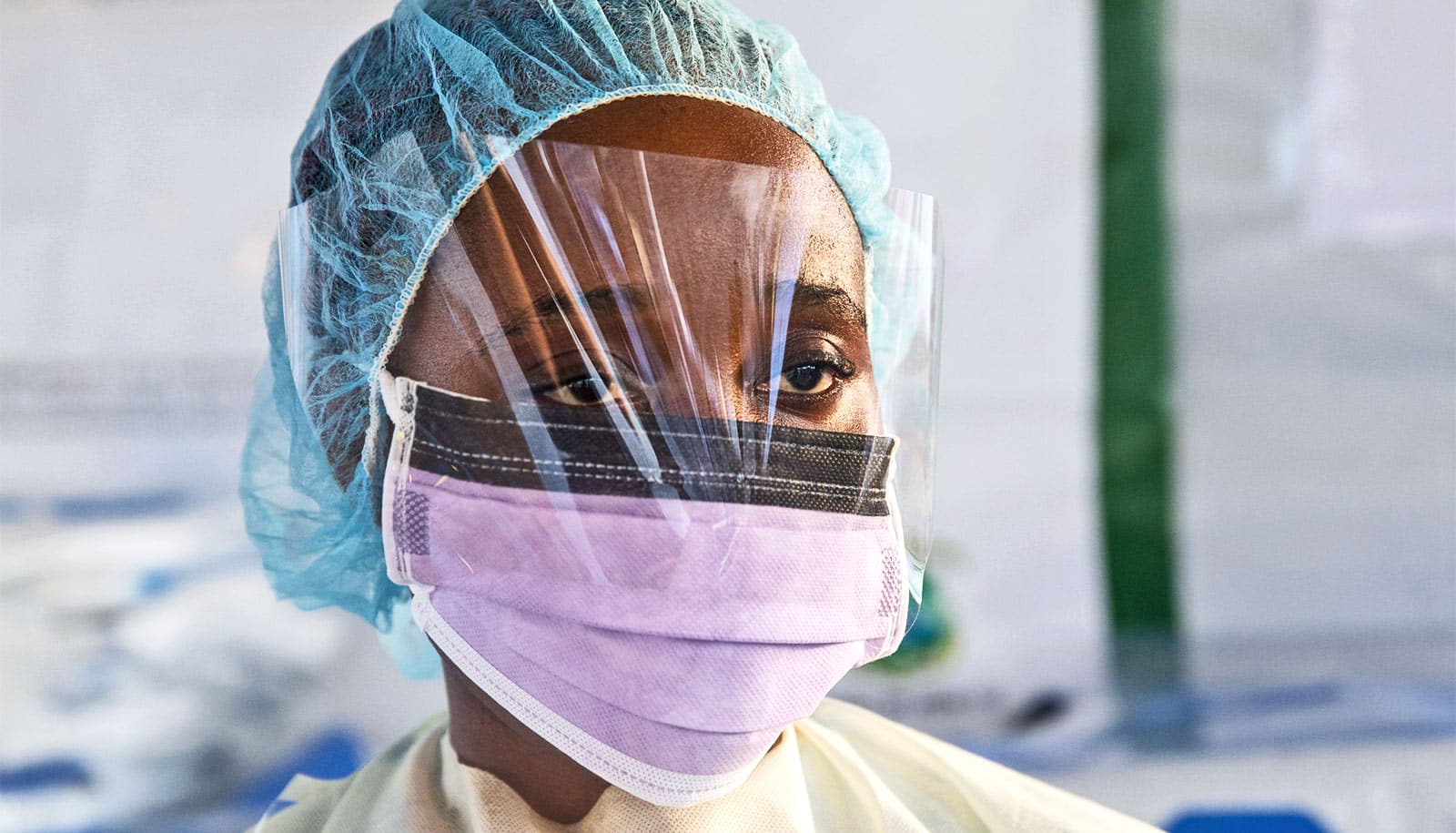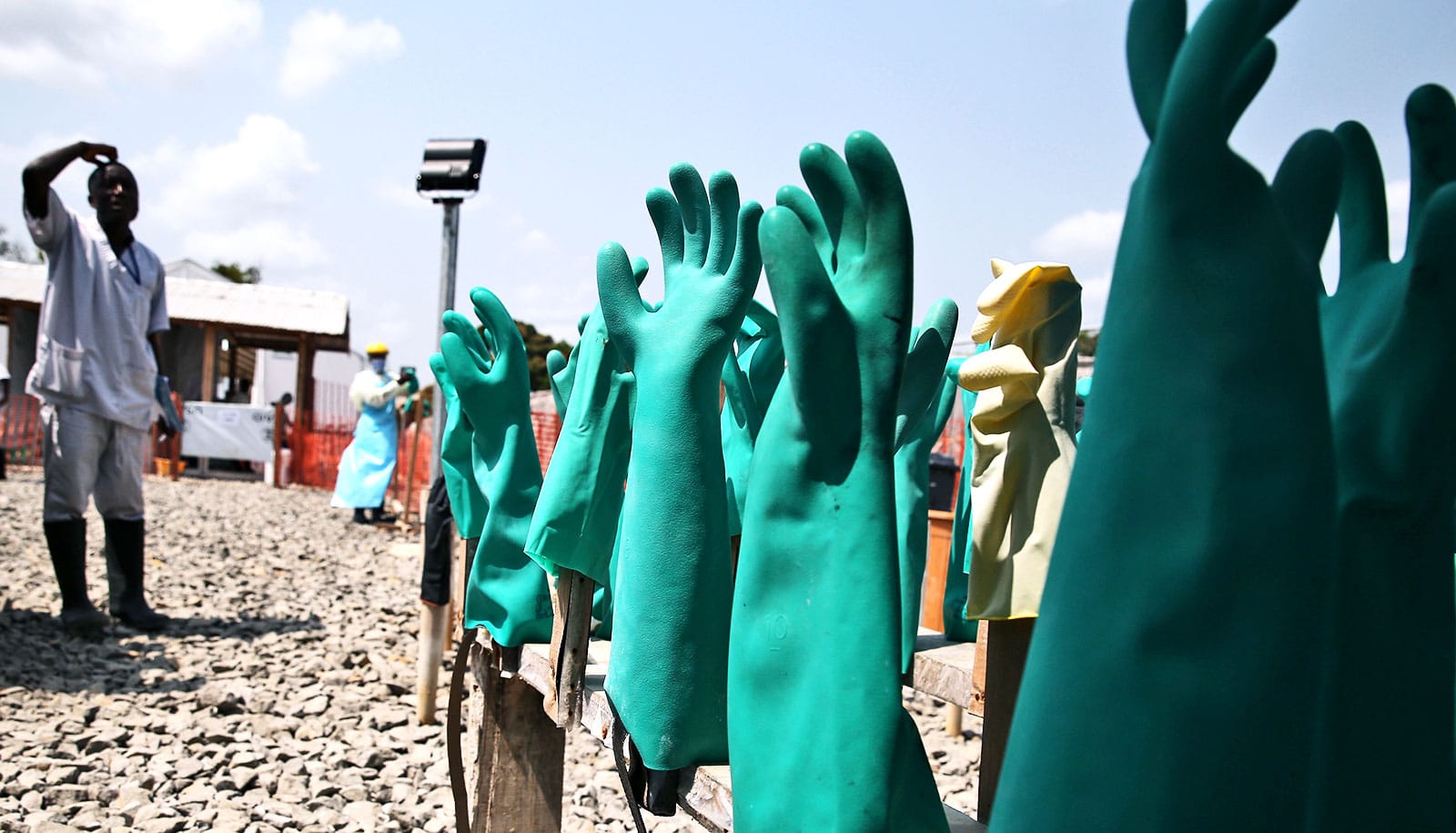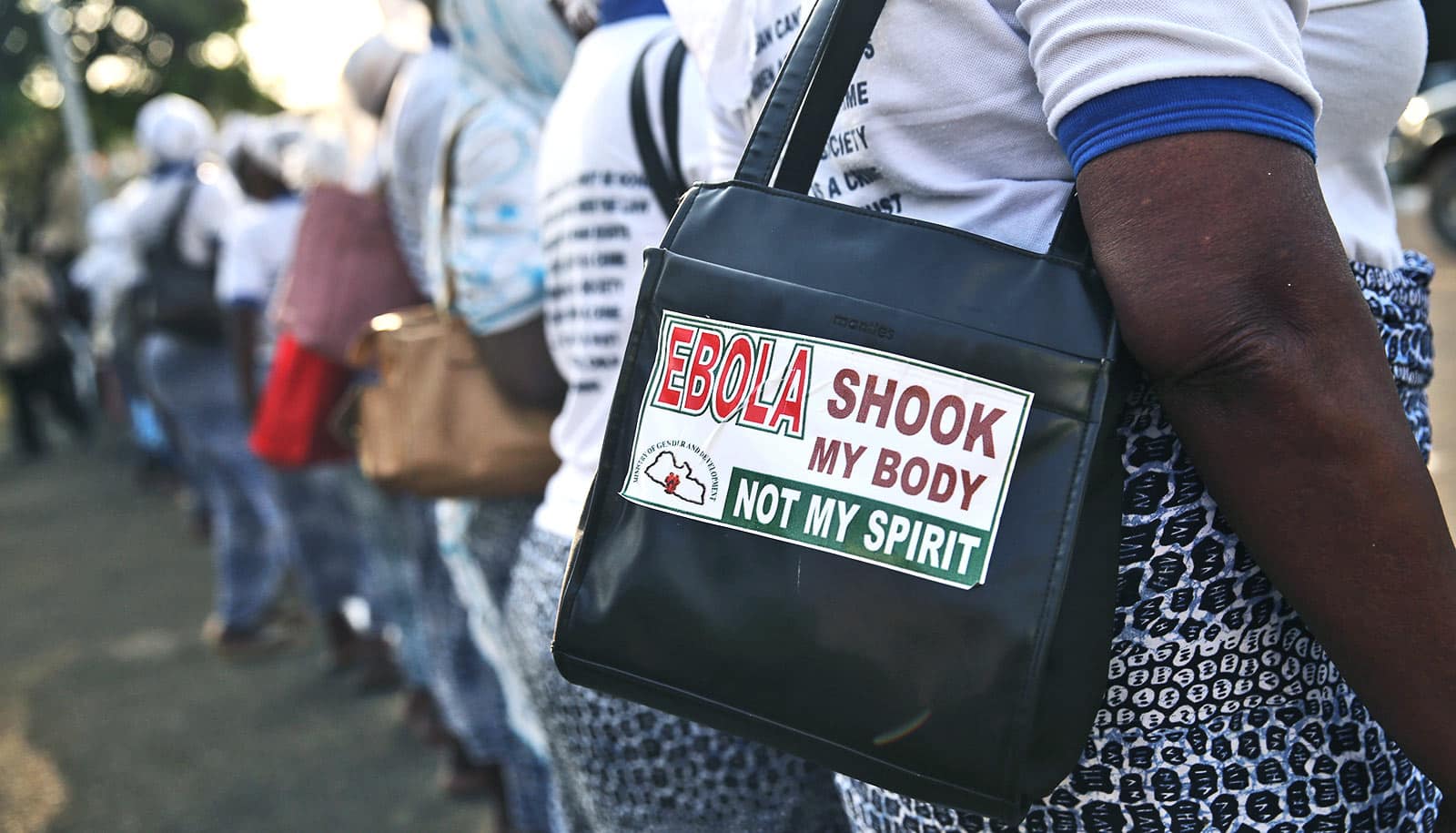Early implementation of the Ebola vaccine is critical to slow the spread of the disease, researchers say.
A delay of just one week can drastically reduce the efficacy of the vaccine in highly populated areas, research shows.
Outbreak of the disease in the Democratic Republic of the Congo is raging—900 people have died in the last nine months. The epidemic began last August with 1,340 confirmed and probable cases on the record, but a recently developed vaccine has gone a long way to contain the virus.
The 2013–16 outbreak in West Africa accelerated the push for a vaccine, researchers say. A phase III trial conducted there proved especially promising. Health workers gave the vaccine to 4,539 people who showed no signs of the disease. The control group with 4,557 participants reported only 16 infections.
The experimental Ebola virus vaccine has been remarkably effective in the DRC, providing protection against the deadly disease 97.5 percent of the time, according to new data the World Health Organization released in April.
Burton Singer, an adjunct professor in the University of Florida’s Emerging Pathogens Institute and its mathematics department, looked at the spatial dynamics of Ebola transmission and to gauge the efficacy of the vaccine.
“We developed a spatial model on a grid with slightly less than two square kilometer units and where the probability of infection in any unit depends on the infection status of other units, distance from a given unit to other infected units in the DRC, population density, and poverty level of the unit.
“The model was calibrated using data on number and location of Ebola cases over time as given in reports from the World Health Organization.”
Using the spatial model, Singer and colleagues discovered the risk for Ebola infection was dramatically marked in areas reporting the disease with increased risks for areas with a high population density and poverty level.
The study, which appears in PNAS, focuses on vaccination programs and the timeliness of the dissemination of the vaccine.
“Indeed, the rapid dissemination of the vaccine contracted the geographical area at risk for Ebola by 70.4 percent and reduced the level of risk of spread within the rural region of the outbreak by 70.1 percent. A delay of just one week in vaccine distribution would have reduced these percentages to 33.3 and 44.8, respectively,” Singer says.
Ebola remains a vital concern, not just for the DRC or other African countries, but also around the world, researchers say.
The US experienced only 11 reported cases during the 2014–16 outbreak—resulting from someone who had traveled in West Africa. Understanding how the disease spreads and how best to use the vaccine to its highest potential is a concern for the populations most at risk, the epidemiologists who study the disease, and for the health workers and medical professionals who treat it, researchers say.
“The primary message from our study is the critical need for rapid dissemination of an effective Ebola vaccine,” Singer says. “The challenge of doing this in the DRC, looking ahead, is seriously exacerbated by the proliferation of violence in the country and the consequential prevention of vaccine delivery.”
Source: University of Florida



